Investing: How to reduce concentration risk
Concentration risk. No, it’s nothing to do with thinking too hard about something. In fact, it’s more likely to be a result of not paying enough attention. Concentration risk is…
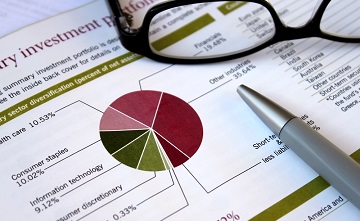
Concentration risk. No, it’s nothing to do with thinking too hard about something. In fact, it’s more likely to be a result of not paying enough attention. Concentration risk is…
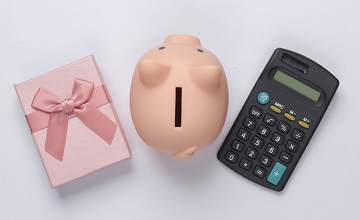
Did you have a savings account when you were young? It wasn’t uncommon and those old Passbook accounts funded many a first car. Now you’re a parent, are you thinking…

For many of us, our first experience of banking and savings was the school Savings Account Program. But in 2019 the Australian Securities and Investments Commission (ASIC) raised concerns that…

COVID-19 update Finally, some good news on the COVID-19 front: several vaccines have been rolled out in a number of countries. While a huge step forward in bringing the pandemic…

Just as night follows day, it seems part of the regular cycle of the world’s share markets that market crashes and falling prices follow good times and rising prices. The…
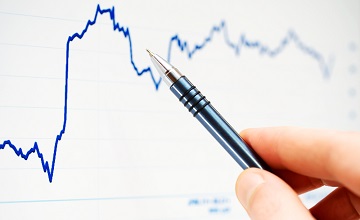
During the last quarter one story has dominated the news – COVID-19. By the end of June at least 10 million people had contracted the disease, and over 500,000 had…
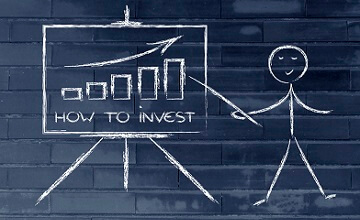
Whether it’s taking a more active interest in our superannuation, starting to build an investment portfolio, or even trying our hands at playing the stock market, we can all benefit…
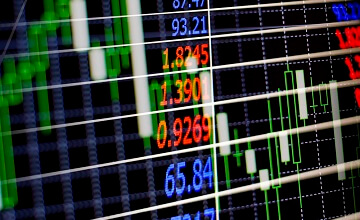
[fsn_row][fsn_column width=”12″][fsn_text] Whether it’s by direct purchase, via a managed fund or through superannuation, most Australians hold some form of share investment. Many of us are aware that if the…
End of content
End of content